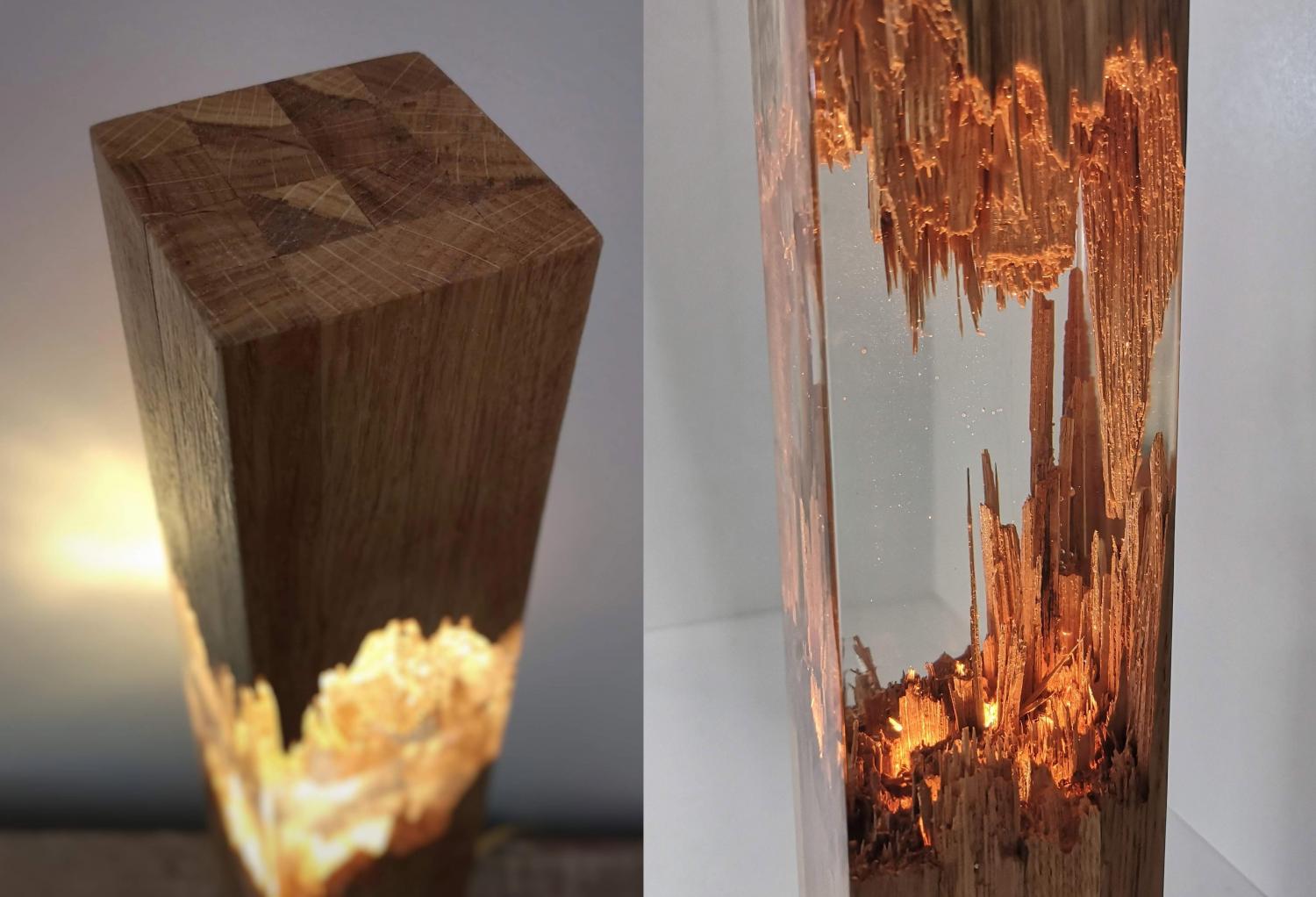emabear
Established Member
Can anyone tell me how to break /splinter a 4 inch square, 3 foot long wooden block in order to make a resin lamp. I think one option is to drill at the desired splinter point to weaken it before hitting it wih a sledg hammer. Grateful for thoughts



































